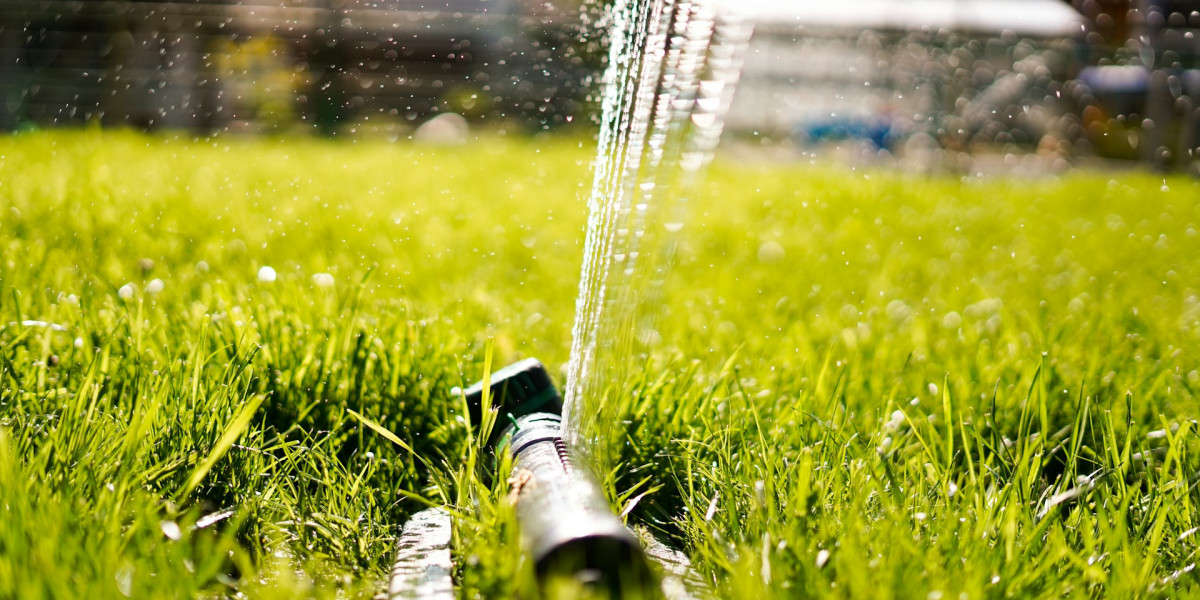Keeping your lawn irrigation system in top shape isn’t just about maintaining a lush green yard—it’s about saving water, time, and money. One of the most critical components of your sprinkler system is the sprinkler valve. When it malfunctions, your entire lawn care routine can go haywire. This guide will walk you through everything you need to know about sprinkler valve repair, offering practical advice and creative solutions to keep your system running smoothly.
Understanding the Role of Sprinkler Valves in Your Irrigation System
Sprinkler valves are the unsung heroes of your lawn irrigation setup. They control the flow of water to different zones, ensuring each section of your yard gets the right amount of hydration. Without functioning valves, you might end up with dry patches or, worse, waterlogged areas.
These valves are typically buried in valve boxes to protect them from the elements. Over time, though, they can develop issues like clogs, leaks, or complete failure. Recognizing the signs of a faulty valve—such as low water pressure, irregular watering, or pooling water—can save you from bigger headaches down the line.
Common Sprinkler Valve Problems and How to Diagnose Them
Before jumping into repairs, it’s essential to identify the problem. One of the most frequent issues is a clogged valve diaphragm, often caused by dirt or debris in the water supply. If your sprinklers aren’t turning on or are running weakly, this could be the culprit.
Another common problem is a leaking valve, which can waste water and drive up your utility bills. Leaks often occur due to worn-out seals or cracks in the valve body. Sometimes, the issue might be electrical, like a faulty solenoid, which prevents the valve from opening or closing properly.
To diagnose these issues, start by inspecting the valve box for visible damage or water pooling. Use a multimeter to check the solenoid’s voltage if you suspect an electrical problem. If you’re unsure, consulting a lawn irrigation specialist might be your best bet.
Tools and Materials You’ll Need for Sprinkler Valve Repair
Repairing a sprinkler valve doesn’t require a ton of specialized tools, but having the right equipment on hand can make the job much easier. A basic toolkit for sprinkler valve repair should include a screwdriver, pliers, a multimeter, and a valve key for accessing buried valves.
You’ll also need replacement parts like a new diaphragm, solenoid, or O-rings, depending on the issue. It’s a good idea to keep a few spare parts in your garage, so you’re prepared for emergencies. Don’t forget to turn off the water supply before starting any repairs to avoid a messy situation.
Step-by-Step Guide to Fixing a Faulty Sprinkler Valve
Once you’ve identified the problem and gathered your tools, it’s time to get to work. Start by locating the valve box and carefully removing the lid. Use your valve key to unscrew the top of the valve, exposing the internal components.
If the diaphragm is clogged or damaged, remove it and clean out any debris. Replace it with a new one if necessary. For a leaking valve, inspect the seals and O-rings, swapping them out if they’re worn. If the solenoid is faulty, disconnect the wires and install a replacement.
After making the repairs, reassemble the valve and turn the water supply back on. Test the system to ensure everything is working correctly. If the problem persists, you might need to replace the entire valve.
Preventative Maintenance to Keep Your Sprinkler Valves in Top Shape
Regular maintenance can extend the life of your sprinkler valves and prevent costly repairs. Start by flushing the system at the beginning of each season to remove any debris that could clog the valves. Inspect the valve boxes for cracks or damage, and replace them if needed.
It’s also a good idea to test the system periodically, checking for leaks or irregular watering. If you live in an area with freezing temperatures, winterize your sprinkler system to prevent damage from ice. A little effort now can save you a lot of trouble later.
When to Call a Professional for Sprinkler Valve Repair
While many sprinkler valve repairs can be done DIY-style, there are times when calling a professional is the better option. If you’re dealing with complex electrical issues or multiple valves failing at once, a lawn irrigation expert can diagnose and fix the problem quickly.
Professionals also have access to specialized tools and parts that might not be available at your local hardware store. Plus, they can offer advice on optimizing your sprinkler system for better efficiency and performance.
Eco-Friendly Tips for Sprinkler Valve Maintenance
Repairing and maintaining your sprinkler valves isn’t just good for your lawn—it’s good for the planet. A well-functioning system uses water more efficiently, reducing waste and lowering your environmental impact.
Consider upgrading to smart sprinkler controllers, which adjust watering schedules based on weather conditions and soil moisture levels. These devices can help you save water while keeping your yard healthy. Additionally, using rain sensors can prevent overwatering during rainy periods.
Inspiring Ideas for Upgrading Your Sprinkler System
If you’re already tackling sprinkler valve repair, why not take the opportunity to upgrade your entire system? Modern irrigation technology offers a range of options to make your lawn care easier and more efficient.
For example, drip irrigation systems deliver water directly to the roots of plants, reducing evaporation and runoff. You could also install rotary nozzles, which distribute water more evenly than traditional spray heads. These upgrades can enhance the health of your lawn while conserving water.
Final Thoughts: Taking Control of Your Sprinkler Valve Repairs
Fixing a sprinkler valve might seem daunting at first, but with the right knowledge and tools, it’s a manageable task. By understanding how your irrigation system works and staying on top of maintenance, you can keep your lawn looking its best without breaking the bank.
Remember, every repair you make is a step toward a healthier, more sustainable yard. So roll up your sleeves, grab your tools, and take charge of your sprinkler valve repair—it’s a project that’s well worth the effort.








